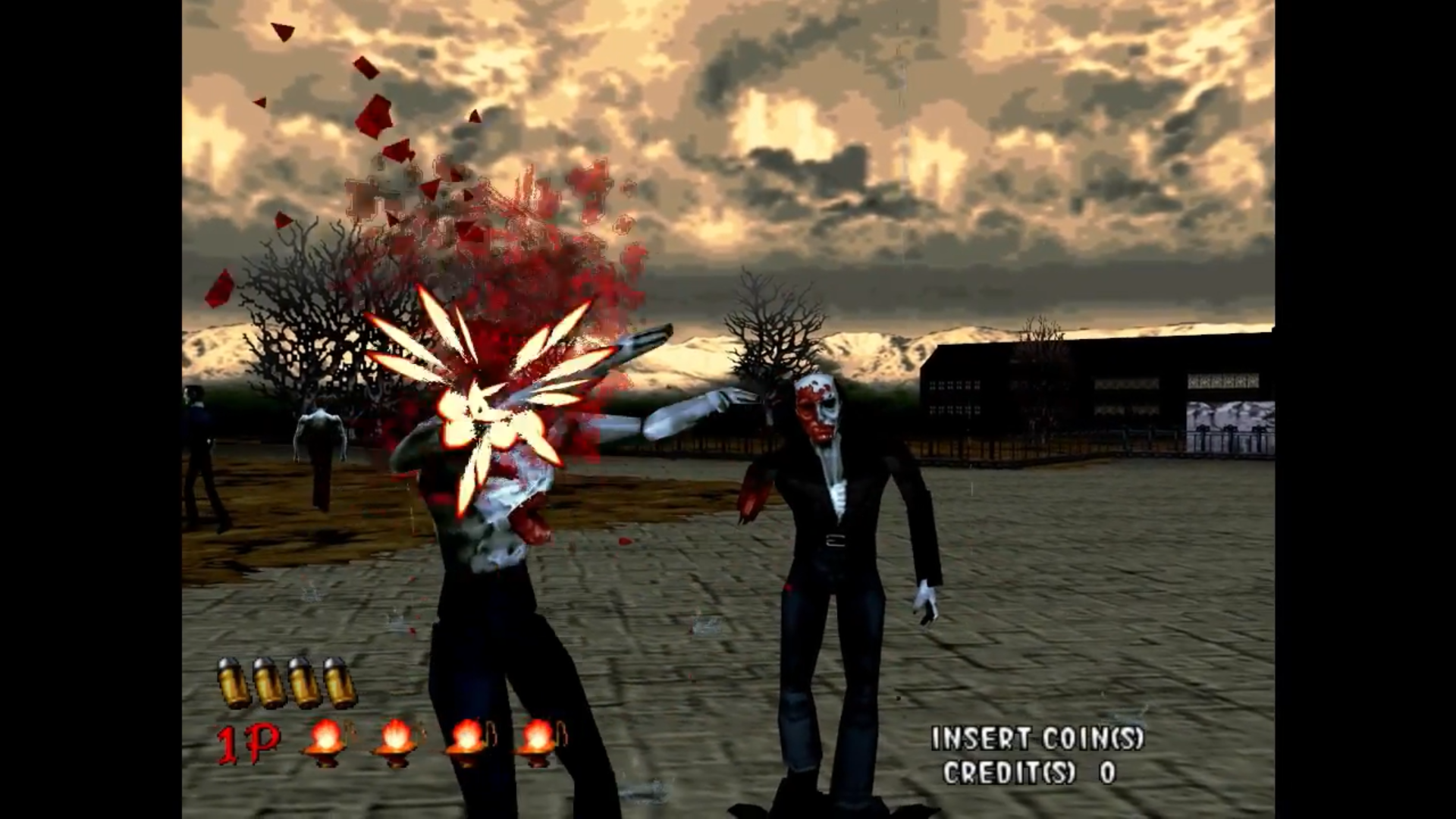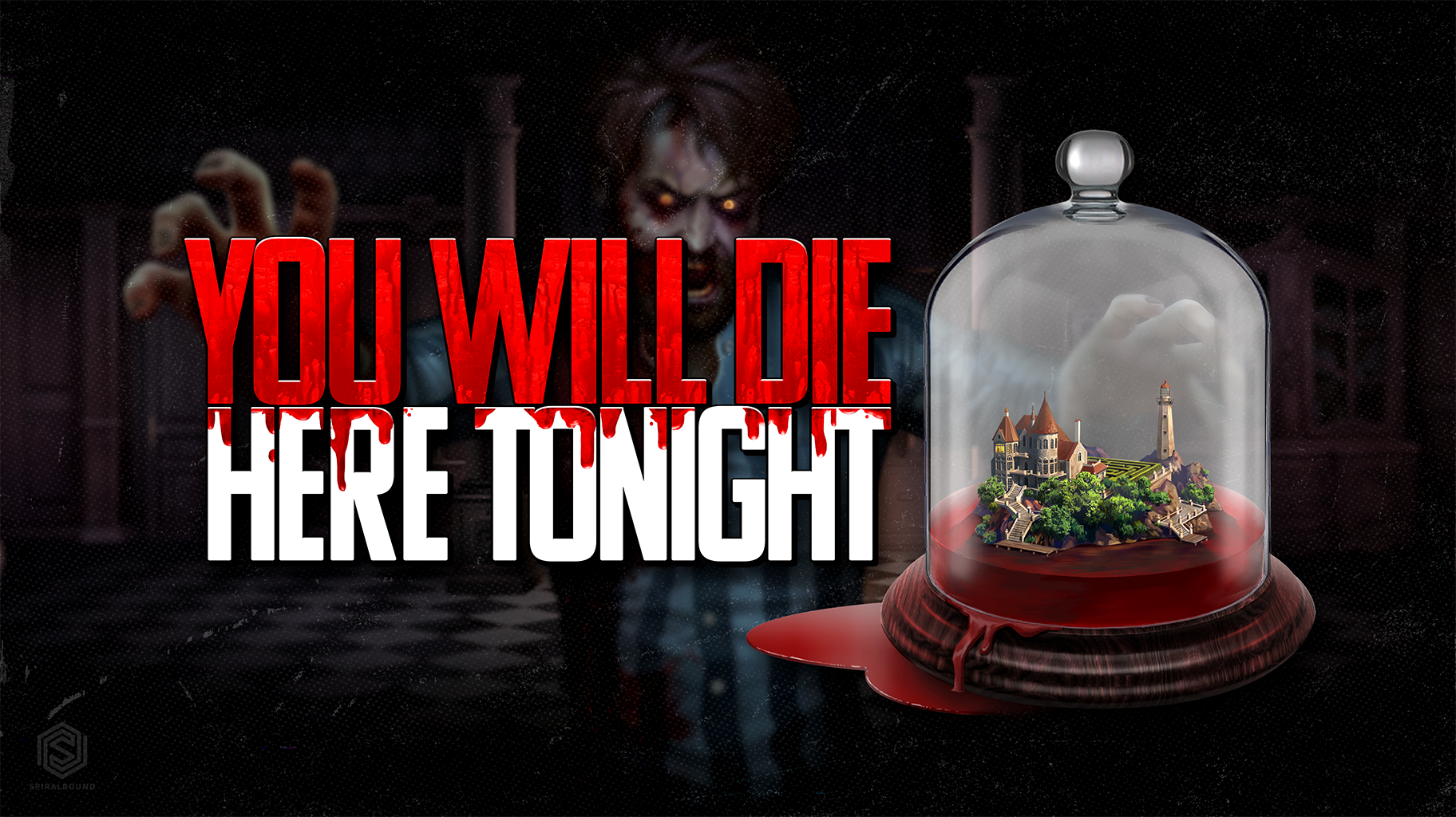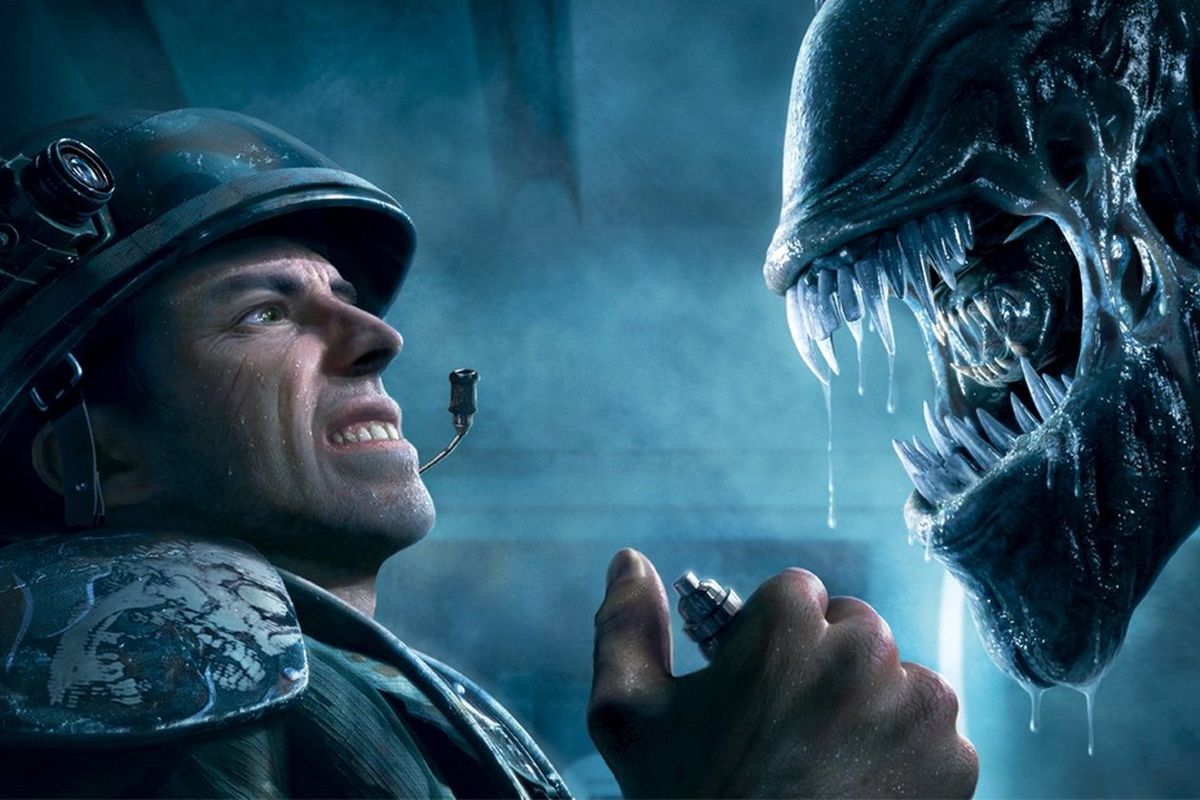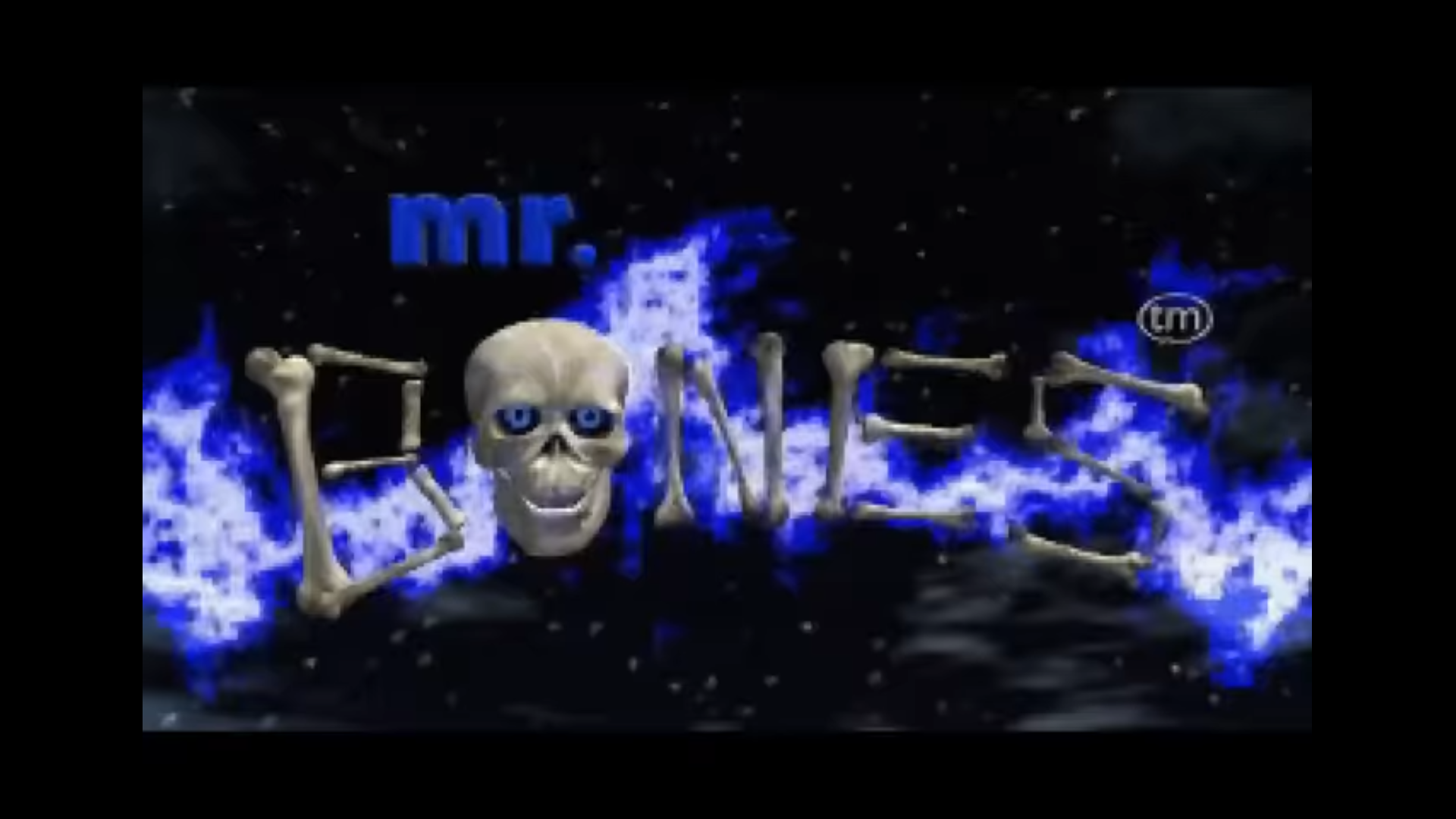
B-Game – The House of the Dead’s Delightful, Ridiculous Voice Acting
The House of the Dead. It brings up memories of axes flying through the air. Zombies rushing into view you barely have time to shoot them. Half-hearted cries of people who don’t seem that put out by being devoured by undead. Chipmunk- voiced demons (Hangedmans?). Bored villains. Thank goodness the developers of the new remake are preserving that voice acting style.
It’s that dialogue and voice acting that were a big part of setting up the rail shooter’s B-Movie (B-Game?) mood. Using weak vocal deliveries, strange inflections, and oddball tones, it created a world where the people within it didn’t really appreciate the danger they were in. Folks just didn’t seem too upset by anything that was going on. They didn’t feel the imminent danger despite monsters chasing them with chainsaws. It’s that acting, which would have fit right into your average porn script, that helped solidify the ridiculous mood that made the game so great.
The House of the Dead is a wild rail shooter. In it, you’re often rapidly reacting to a lot of mayhem on-screen. Zombies are always tossing axes or barrels your way. Maggots keep leaping at your face, as do many other small, twisted humanoid creatures. Your only hope is to shoot these hazards out of the way in time. This requires you to have quick aim and a twitchy trigger finger. And a good eye for tracking your bullet usage. Can’t hit something if the chamber is empty.
Having to be so quick on the draw, whether through shooting at the sickening creatures coming your way or in finding a moment to fire off-screen to load your gun, meant a lot of pressure on the player. The game is pretty relentless, tossing several creatures at the player at a time. Is the zombie with the axe is moving faster than the one with the chainsaw? You make several split-second decisions on just about every screen in the game. If you can’t, this arcade title will get pretty expensive.

Having to make so many calls can wear you down while playing The House of the Dead. Thank goodness it’s short. If it were much longer, I don’t know how well I’d be able to handle it. You really feel like you can’t ever let your guard down, as you might find yourself bitten or stabbed in milliseconds. The game excels at finding moments when you might stop to breathe or reload, throwing some new trouble your way.
Being under attack by some many deadly creatures might have made the game overwhelming for some, but its sense of humor is its most effective way of taking that pressure off. This game is hilarious, whether it really means to be or not. Later entries in the series definitely lean into that mixture of silliness and sickening creatures, too. However, it’s this first entry that really showed how well the concepts work together.
When you’re wound so tight that you feel like you can’t take it, The House of the Dead tends to pipe in with some hapless victim screaming “No, no, no.” like they’re just found out they ran out of tartar sauce. Not exactly fitting for someone about to get chopped in two with an axe. As you ready yourself for a ruthless monster boss, they’ll talk to you in this absurd, high-pitched voice. That or a tone that sounds like they’re utterly bored with the idea of setting undead loose on the world. The voices just don’t match up with the horrors you see on-screen.
When you’re clutching your light gun tight, eyes rarely blinking, it’s hard not to burst out laughing when one of these characters talks. It would take me off guard when I’d been tensing up for too long. The bizarre dialogue would remind me to breathe and relax periodically. It also added even more fun to the game, making for something that was compelling in its challenge and also rewarding in how funny it was.

These monsters are all pretty gross, too, when looked at from 1996 arcade standards. Gaping, seeping wounds burst open as you blow holes in these undead. The wounds dribble with strange, colorful fluids as they slaver and stumble around. Their flesh has decayed into something green and disgusting, or mutated in some off-putting manner. It would make the stomach churn if you weren’t an avid gore-fiend, or if you weren’t already wading through its absurd voice acting.
This made for some incredible sights at the time. For anyone who might have been put off by them, it would have allowed for a reprieve from the gore. The mind can’t exactly focus on gaping wounds while humans mutter half-hearted cries for help. This helps break the immersion in ways that help the player get more enjoyment from the game. Again, these moments in The House of the Dead force you to relax and enjoy yourself when either the gore or action might be getting to be a bit much.
I don’t mean to make fun of The House of the Dead’s vocal cast, either. Don’t know if their deliveries were this way on purpose. I do know that, every time I felt like the gunplay, action, or gore were about to overwhelm me, one of their voices would take some pressure off. You have to laugh at the situation you’re in or the voice you’re hearing. It lets you vent off a bit of that tension that makes the gunplay so compelling, yet so taxing at the same time.

It’s undeniably one of the more memorable shooters of its eras due to this vocal style, too. There were many solid shooters in the arcade like Time Crisis, Lethal Enforcers, and Revolution X, but it was this mixture of extreme gore and absurd humor that made it stand out. Yes, each of the above-mentioned titles had some similarly-bad voice acting and silly situations. However, The House of the Dead really wove this into its personality. As we’d see in later titles like The House of the Dead: Overkill, the series wasn’t just accepting of this part of its history. It was proud of it.
When a remake was in the works, I was a little nervous starting up the trailer. I was afraid that part of its personality would be lost in bringing its visuals into a modern era. When I heard the modern Curien’s delivery “I must compliment you,” which carried a lot of that same ridiculous air as the original game did, I felt that the game was in safe hands that understood how silliness was a vital piece of what made The House of the Dead so special.
The House of the Dead is probably the most enduring, and endearing, of all arcade light gun games to me, and that humor, intentional or not, is what makes it stick with me. That voice acting gold would only get better throughout the series (“Suffer like G did!” sounds more like a question than a threat in the next game), and help show that this series was a master of light gun action and B-Movie horror at the same time.




